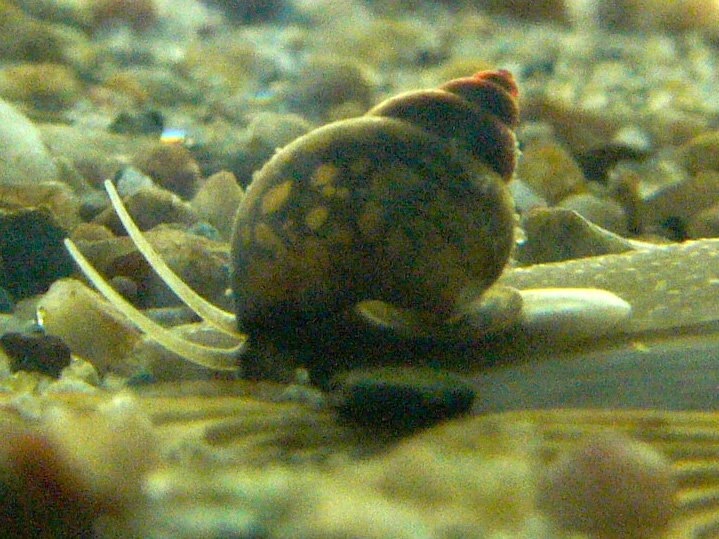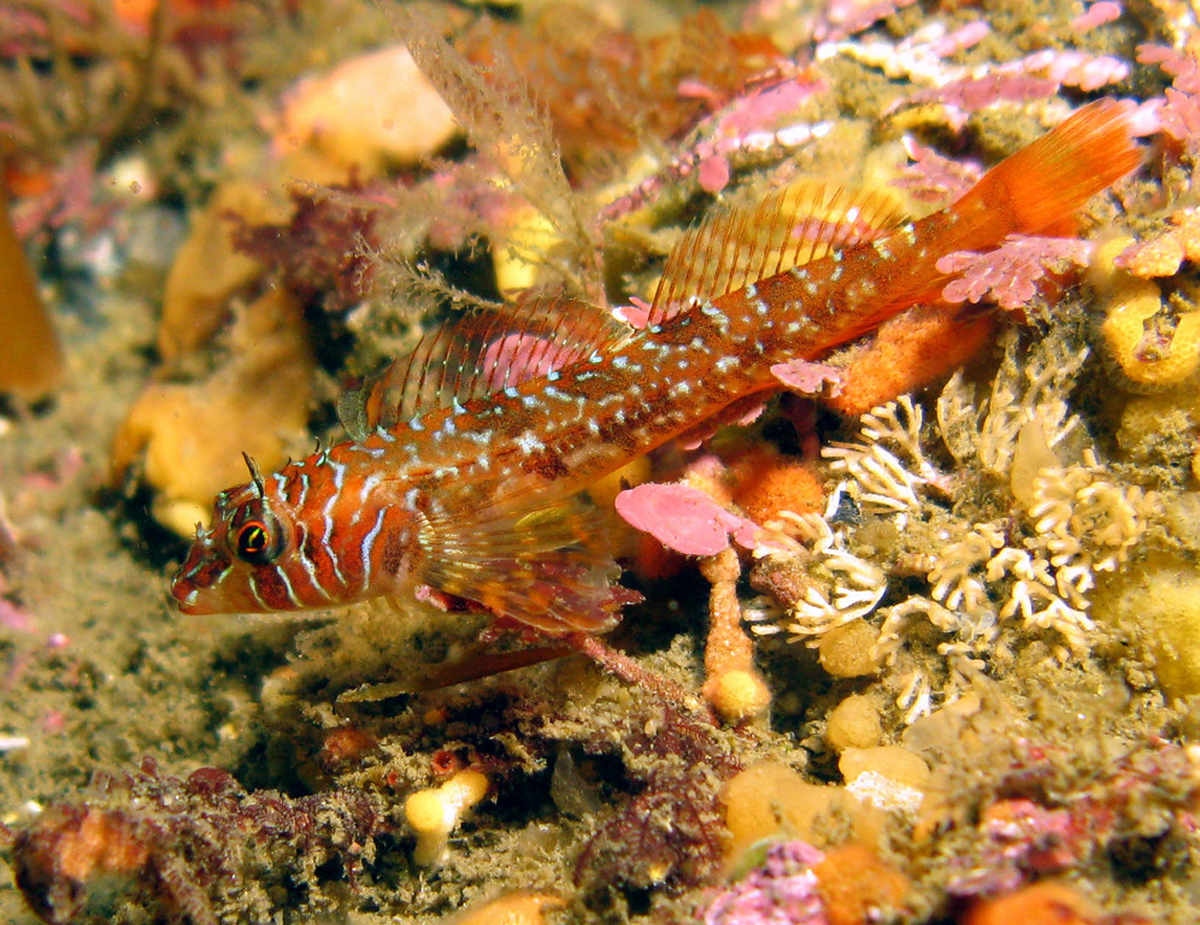|
Anisus Natalensis
''Anisus natalensis'' is a species of a freshwater snail, an aquatic pulmonate gastropod The gastropods (), commonly known as snails and slugs, belong to a large taxonomic class of invertebrates within the phylum Mollusca called Gastropoda (). This class comprises snails and slugs from saltwater, from freshwater, and from land. T ... mollusk in the family Planorbidae, the ram's horn snails. Distribution This species occurs in countries that include: * South AfricaOberholzer G. & Van Eeden J. A. (1967). "The freshwater molluscs of the Kruger National Park". '' Koedoe - African Protected Area Conservation and Science'' 10(1): 1-42. PDF. Fig. 21. * Mozambique References Planorbidae {{Planorbidae-stub ... [...More Info...] [...Related Items...] OR: [Wikipedia] [Google] [Baidu] |
Species
In biology, a species is the basic unit of Taxonomy (biology), classification and a taxonomic rank of an organism, as well as a unit of biodiversity. A species is often defined as the largest group of organisms in which any two individuals of the appropriate sexes or mating types can reproduction, produce Fertility, fertile offspring, typically by sexual reproduction. Other ways of defining species include their karyotype, DNA sequence, morphology (biology), morphology, behaviour or ecological niche. In addition, paleontologists use the concept of the chronospecies since fossil reproduction cannot be examined. The most recent rigorous estimate for the total number of species of eukaryotes is between 8 and 8.7 million. However, only about 14% of these had been described by 2011. All species (except viruses) are given a binomial nomenclature, two-part name, a "binomial". The first part of a binomial is the genus to which the species belongs. The second part is called the specifi ... [...More Info...] [...Related Items...] OR: [Wikipedia] [Google] [Baidu] |
Freshwater Snail
Freshwater snails are gastropod mollusks which live in fresh water. There are many different families. They are found throughout the world in various habitats, ranging from ephemeral pools to the largest lakes, and from small seeps and springs to major rivers. The great majority of freshwater gastropods have a shell, with very few exceptions. Some groups of snails that live in freshwater respire using gills, whereas other groups need to reach the surface to breathe air. In addition, some are amphibious and have both gills and a lung (e.g. '' Ampullariidae''). Most feed on algae, but many are detritivores and some are filter feeders. According to a 2008 review of the taxonomy, there are about 4,000 species of freshwater gastropods (3,795–3,972). At least 33–38 independent lineages of gastropods have successfully colonized freshwater environments. It is not possible to quantify the exact number of these lineages yet, because they have yet to be clarified within the Ce ... [...More Info...] [...Related Items...] OR: [Wikipedia] [Google] [Baidu] |
Aquatic Animal
An aquatic animal is any animal, whether invertebrate or vertebrate, that lives in water for most or all of its lifetime. Many insects such as mosquitoes, mayflies, dragonflies and caddisflies have aquatic larvae, with winged adults. Aquatic animals may breathe air or extract oxygen from water through specialised organs called gills, or directly through the skin. Natural environments and the animals that live in them can be categorized as aquatic (water) or terrestrial (land). This designation is polyphyletic. Description The term aquatic can be applied to animals that live in either fresh water or salt water. However, the adjective marine is most commonly used for animals that live in saltwater, i.e. in oceans, seas, etc. Aquatic animals (especially freshwater animals) are often of special concern to conservationists because of the fragility of their environments. Aquatic animals are subject to pressure from overfishing, destructive fishing, marine pollution, hunting, ... [...More Info...] [...Related Items...] OR: [Wikipedia] [Google] [Baidu] |
Pulmonate
Pulmonata or pulmonates, is an informal group (previously an order, and before that a subclass) of snails and slugs characterized by the ability to breathe air, by virtue of having a pallial lung instead of a gill, or gills. The group includes many land and freshwater families, and several marine families. The taxon Pulmonata as traditionally defined was found to be polyphyletic in a molecular study per Jörger ''et al.'', dating from 2010. Pulmonata are known from the Carboniferous Period to the present. Pulmonates have a single atrium and kidney, and a concentrated, symmetrical, nervous system. The mantle cavity is located on the right side of the body, and lacks gills, instead being converted into a vascularised lung. Most species have a shell, but no operculum, although the group does also include several shell-less slugs. Pulmonates are hermaphroditic, and some groups possess love darts. Linnean taxonomy The taxonomy of this group according to the taxonomy of ... [...More Info...] [...Related Items...] OR: [Wikipedia] [Google] [Baidu] |
Gastropod
The gastropods (), commonly known as snails and slugs, belong to a large taxonomic class of invertebrates within the phylum Mollusca called Gastropoda (). This class comprises snails and slugs from saltwater, from freshwater, and from land. There are many thousands of species of sea snails and slugs, as well as freshwater snails, freshwater limpets, and land snails and slugs. The class Gastropoda contains a vast total of named species, second only to the insects in overall number. The fossil history of this class goes back to the Late Cambrian. , 721 families of gastropods are known, of which 245 are extinct and appear only in the fossil record, while 476 are currently extant with or without a fossil record. Gastropoda (previously known as univalves and sometimes spelled "Gasteropoda") are a major part of the phylum Mollusca, and are the most highly diversified class in the phylum, with 65,000 to 80,000 living snail and slug species. The anatomy, behavior, feeding, a ... [...More Info...] [...Related Items...] OR: [Wikipedia] [Google] [Baidu] |
Mollusk
Mollusca is the second-largest phylum of invertebrate animals after the Arthropoda, the members of which are known as molluscs or mollusks (). Around 85,000 extant species of molluscs are recognized. The number of fossil species is estimated between 60,000 and 100,000 additional species. The proportion of undescribed species is very high. Many taxa remain poorly studied. Molluscs are the largest marine phylum, comprising about 23% of all the named marine organisms. Numerous molluscs also live in freshwater and terrestrial habitats. They are highly diverse, not just in size and anatomical structure, but also in behaviour and habitat. The phylum is typically divided into 7 or 8 taxonomic classes, of which two are entirely extinct. Cephalopod molluscs, such as squid, cuttlefish, and octopuses, are among the most neurologically advanced of all invertebrates—and either the giant squid or the colossal squid is the largest known invertebrate species. The ... [...More Info...] [...Related Items...] OR: [Wikipedia] [Google] [Baidu] |
Planorbidae
Planorbidae, common name the ramshorn snails or ram's horn snails, is a family of air-breathing freshwater snails, aquatic pulmonate gastropod molluscs. Unlike most molluscs, the blood of ram's horn snails contains iron-based hemoglobin instead of copper-based hemocyanin. As a result, planorbids are able to breathe oxygen more efficiently than other molluscs. The presence of hemoglobin gives the body a reddish colour. This is especially apparent in albino animals. Being air breathers like other '' Panpulmonata'', planorbids do not have gills, but instead have a lung. The foot and head of planorbids are rather small, while their thread-like tentacles are relatively long. Many of the species in this family have coiled shells that are planispiral, in other words, the shells are more or less coiled flat, rather than having an elevated spire as is the case in most gastropod shells. Although they carry their shell in a way that makes it appear to be dextral, the shell of coiled pl ... [...More Info...] [...Related Items...] OR: [Wikipedia] [Google] [Baidu] |
Sheep
Sheep or domestic sheep (''Ovis aries'') are domesticated, ruminant mammals typically kept as livestock. Although the term ''sheep'' can apply to other species in the genus ''Ovis'', in everyday usage it almost always refers to domesticated sheep. Like all ruminants, sheep are members of the order (biology), order Artiodactyla, the even-toed ungulates. Numbering a little over one billion, domestic sheep are also the most numerous species of sheep. An adult female is referred to as a ''ewe'' (), an intact male as a ''ram'', occasionally a ''tup'', a castrated male as a ''wether'', and a young sheep as a ''lamb''. Sheep are most likely descended from the wild mouflon of Europe and Asia, with Iran being a geographic envelope of the domestication center. One of the earliest animals to be domesticated for agricultural purposes, sheep are raised for fleeces, meat (lamb, hogget or mutton) and sheep milk, milk. A sheep's wool is the most widely used animal fiber, and is usually harvest ... [...More Info...] [...Related Items...] OR: [Wikipedia] [Google] [Baidu] |
List Of Non-marine Molluscs Of South Africa
The list of non-marine molluscs of South Africa is a list of freshwater and land species that form a part of the molluscan fauna of South Africa. Freshwater gastropods Ampullariidae * ''Lanistes ovum'' Troschel, 1845 Pomatiopsidae * ''Tomichia cawstoni'' Connolly, 1939 – endemic * ''Tomichia natalensis'' Connolly, 1939 – endemic * ''Tomichia rogersi'' (Connolly, 1929) – endemic Thiaridae * '' Tarebia granifera'' (Lamarck, 1822) – non-indigenousAppleton C. C., Forbes A. T.& Demetriades N. T. (2009). "The occurrence, bionomics and potential impacts of the invasive freshwater snail ''Tarebia granifera'' (Lamarck, 1822) (Gastropoda: Thiaridae) in South Africa". ''Zoologische Mededelingen'' 83. http://www.zoologischemededelingen.nl/83/nr03/a04 * '' Thiara amarula'' (Linnaeus, 1758) * '' Melanoides tuberculata'' (O. F. Müller, 1774) Paludomidae * ''Cleopatra ferruginea'' (Lea & Lea, 1850) Lymnaeidae * '' Pseudosuccinea columella'' (Say, 1817) – non-indigenous * ' ... [...More Info...] [...Related Items...] OR: [Wikipedia] [Google] [Baidu] |
Koedoe - African Protected Area Conservation And Science
''Koedoe'', subtitled ''African Protected Area Conservation and Science'', is a peer-reviewed open access scientific journal covering biology, ecology, and biodiversity conservation in Africa. It was established in 1958. Koedoe is Afrikaans for Kudu The kudus are two species of antelope of the genus ''Tragelaphus'': * Lesser kudu, ''Tragelaphus imberbis'', of eastern Africa * Greater kudu, ''Tragelaphus strepsiceros'', of eastern and southern Africa The two species look similar, thoug .... Abstracting and indexing For full information visit the journal website link http://koedoe.co.za/index.php/koedoe/pages/view/about#7 External links * Publications established in 1958 English-language journals Open access journals Ecology journals Conservation biology {{ecology-journal-stub ... [...More Info...] [...Related Items...] OR: [Wikipedia] [Google] [Baidu] |
List Of Non-marine Molluscs Of Mozambique
The list of non-marine molluscs of Mozambique is a list of freshwater and land species that form a part of the molluscan fauna of Mozambique ( wildlife of Mozambique). The terrestrial malacofauna of Mozambique is underreported and under-collected. As a result, on the whole exact data are scarce. For example, there are known 46 species of terrestrial gastropods from Cabo Delgado Province, north-eastern corner of Mozambique, 28 species of terrestrial gastropods from Gorongosa National Park including its surroundings. Freshwater gastropods Neritidae * '' Neritina natalensis'' Reeve, 1855 Paludomidae * '' Cleopatra ferruginea'' (I. & H. C. Lea, 1850) * ''Cleopatra hemmingi'' (Verdcourt, 1956) * ''Cleopatra nsendweensis'' Dupuis & Putzeys, 1902 – uncertain presence Viviparidae * ''Bellamya capillata'' (Frauenfeld, 1865) * ''Bellamya jeffreysi'' (Frauenfeld, 1865) * ''Bellamya robertsoni'' Frauenfeld, 1865 Bithyniidae * '' Gabbiella kisalensis'' (Pilsbry & Bequaert, 1927) ... [...More Info...] [...Related Items...] OR: [Wikipedia] [Google] [Baidu] |






